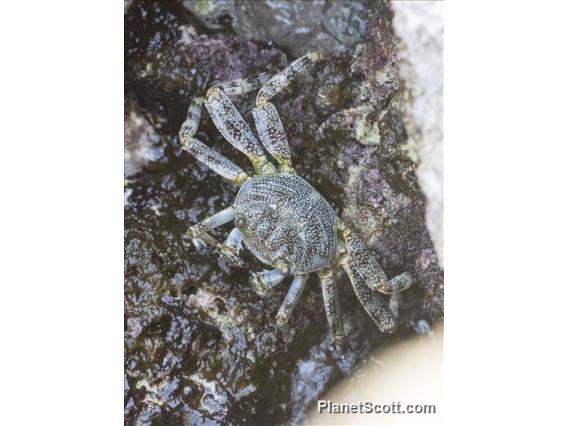Sally Lightfoot Crab (Grapsus grapsus)

Sally Lightfoot Crab (Grapsus grapsus)

Sally Lightfoot Crab (Grapsus grapsus)


×



Sally Lightfoot Crab (Grapsus grapsus)

Sally Lightfoot Crab (Grapsus grapsus)
About Sally Lightfoot Crab (Grapsus grapsus)
- Kingdom: Animals
- Phylum: Arthropods
- Class: Malacostracans
- Order: Crabs
- Family: Shore Crabs
Grapsus grapsus is one of the most common crabs along the western coast of the Americas. It is known as the red rock crab, or, along with other crabs such as Percnon gibbesi, as the Sally Lightfoot crab.
Source: Wikipedia
Visits
-
2006-11-28
Isla Plaza Sur, Ecuador -
2019-06-22
Arica, Chile -
2024-01-31
Playa Giron, Cuba



